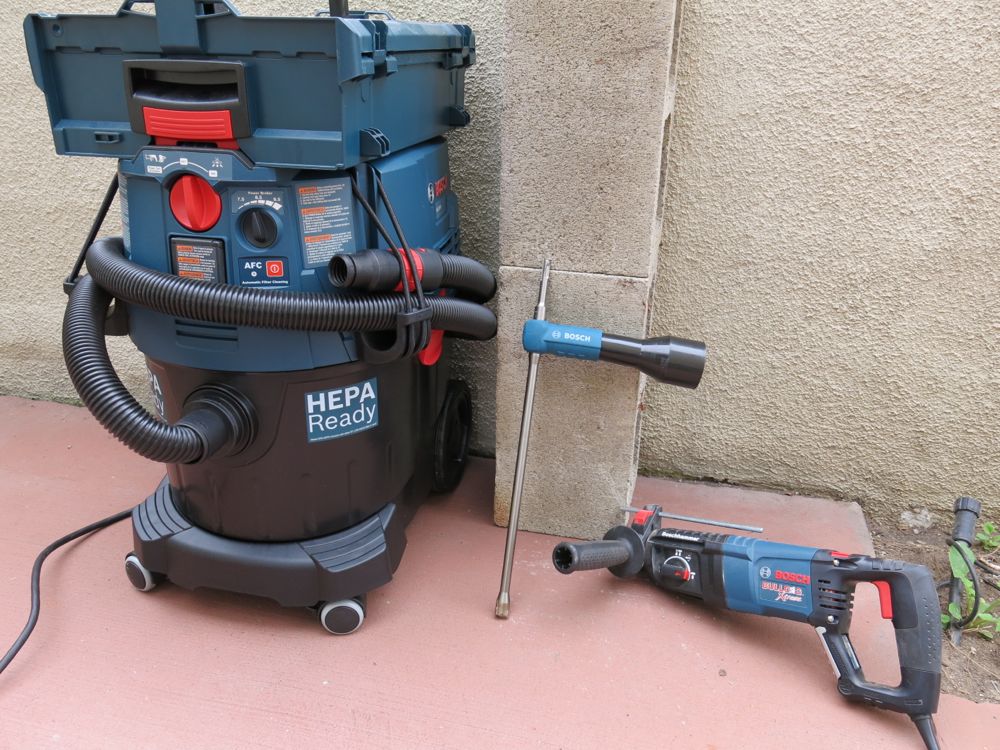

Investing in an OSHA-compliant industrial floor scrubber or sweeper is a great way to minimize respirable dust and crystalline silica.On October 20, Attorney Chuck Palmer, Michael Best law firm, discussed the legal requirements of the new OSHA silica standards that went into effect September 23, 2017. If you work indoors or in enclosed areas, it is especially important to manage dust exposure. Offer appropriate medical exams every three years to workers who wear a respirator for 30 or more days each year. Provide your employees with respirators whenever other OSHA dust control methods cannot limit exposure. Choose someone to implement this written OSHA silica compliance guide. This will include restricting access to high exposure areas. Your silica dust OSHA plan should identify which tasks result in high exposure and outline methods to protect workers. Start by creating a preventative OSHA dust control protocol. If dust exposure levels exceed the previously mentioned PEL, implement measures to limit exposure. OSHA dust control requires that exposure levels stay below this number. That means no one should be exposed to more than 50 micrograms of silica per cubic meter of air, averaged over an 8-hour workday. The Permissible Exposure Level (PEL) for silica dust is 50 µg/m 3. A certified specialist should perform this test to determine whether your workplace exceeds silica dust OSHA levels.Ģ. This device attaches to workers’ shirts, then draws air from its environment. Use this OSHA silica compliance guide to operate within regulations:įirst, determine the amount of silica dust at your workplace. The OSHA silica standard requires employers to take steps to minimize worker exposure. Learn more about OSHA’s regulations for limiting silica dust exposure below. The OSHA silica standard protects workers during these operations. There are dozens of industrial projects that involve abrasive, dust-producing tasks. Because of this, workers employed at construction, oil, and gas sites deal with frequent silica dust exposure.Ĭonstruction workers risk silica dust exposure during common industry tasks like the operation of masonry saws, jackhammers, vehicle-mounted drilling rigs, and much more. Unfortunately, silica is found in common materials like soil, concrete, granite, rock, and sand. Silica dust exposure can also lead to lung cancer and other potentially deadly respiratory diseases.

These tiny dust particles are known as “respirable” particles because they can travel deep into the lungs and create lifelong damage.īreathing in these minuscule silica dust particles can cause silicosis, an incurable lung disease. Drilling, grinding, or otherwise aggravating this mineral produces silica dust. Silica, commonly known in the form of quartz, is a mineral. Follow our OSHA silica compliance guide to keep your business operating smoothly.
Osha silica standard how to#
Learn more about silica dust and how to minimize its presence at your workplace. We’re here to ensure the safety and functionality of your operation. Keep money in your pocket and keep your employees at work by following regulations. Violating the OSHA silica standard can cost over $120,000. Not only will this information protect your workers, but it will also save you from expensive OSHA fines. We’ve created an OSHA silica compliance guide to help. ScrubberShop is dedicated to your business’s success. Employers should inform their workers of the dangers of silica dust exposure and take proper measures to prevent it. The OSHA silica standard is designed to protect workers from health issues caused by prolonged exposure to respirable crystalline silica.


 0 kommentar(er)
0 kommentar(er)
